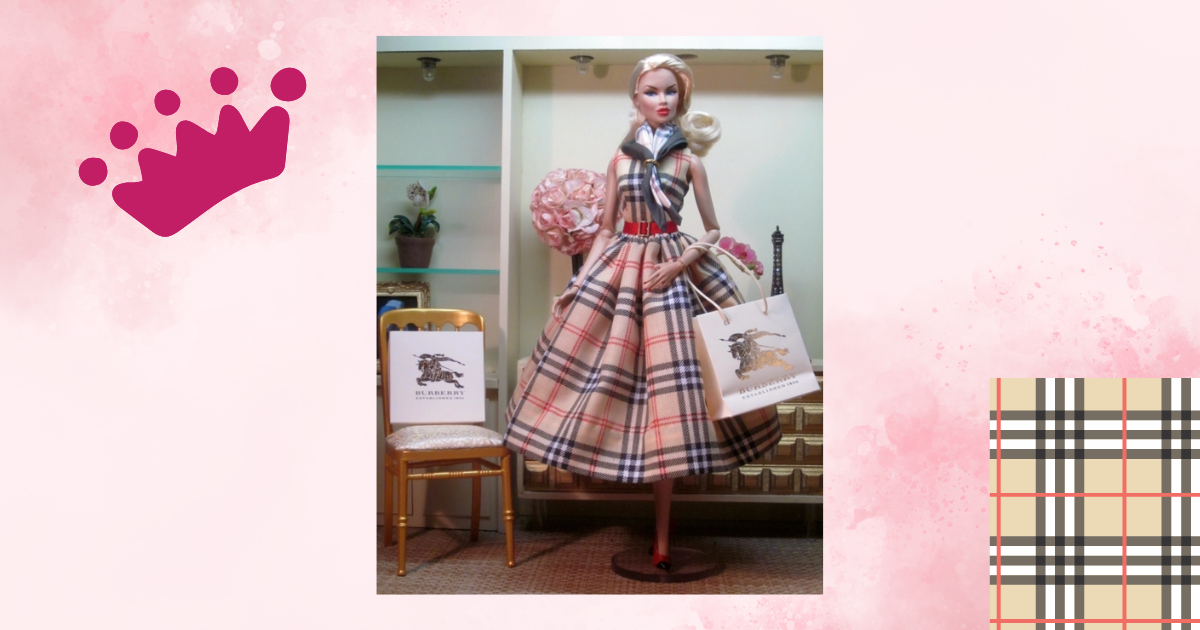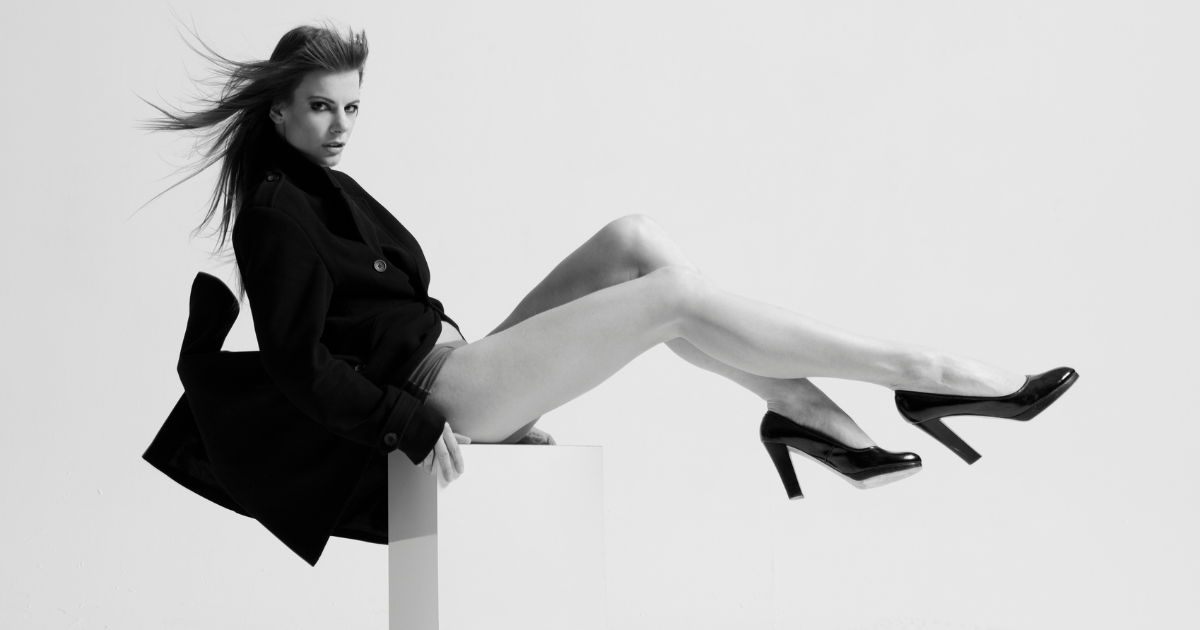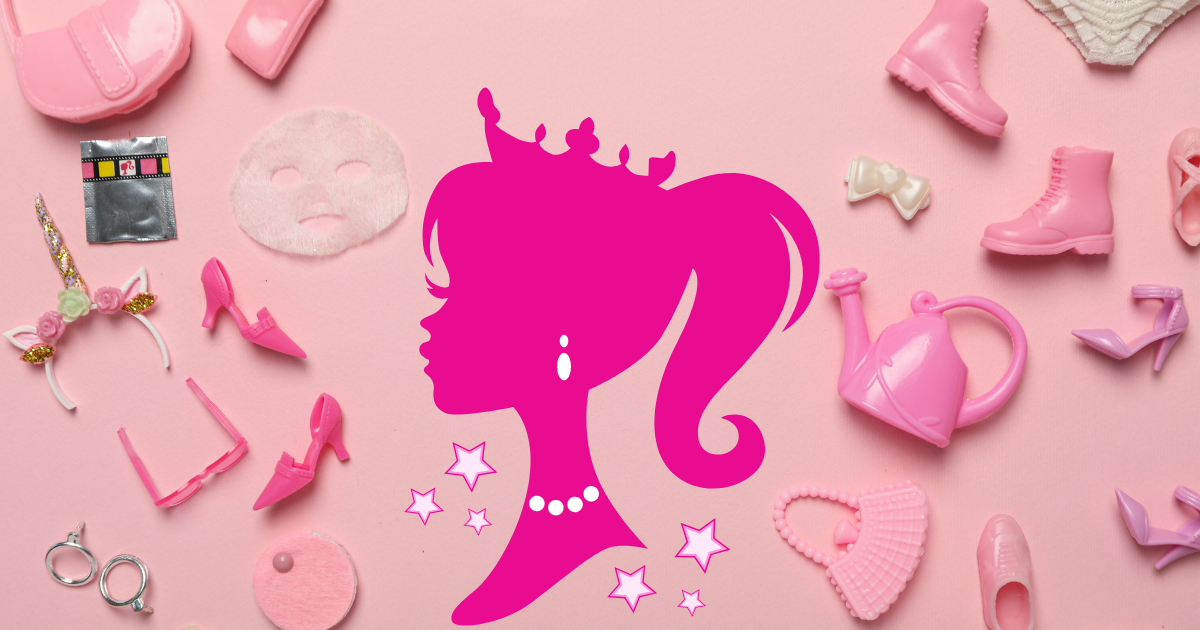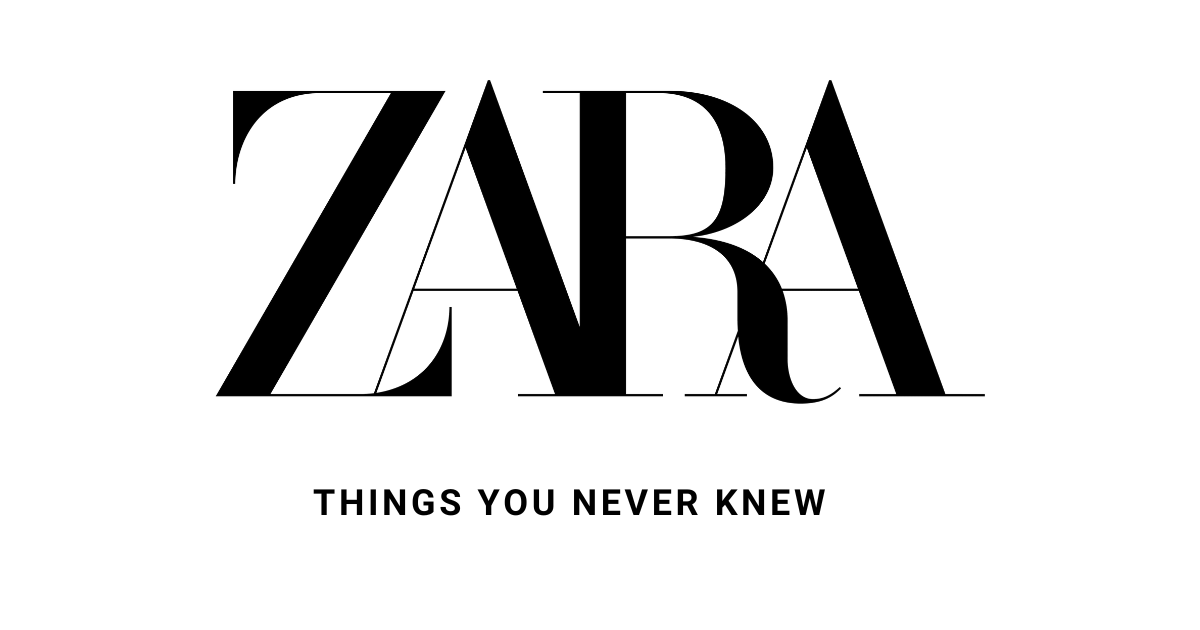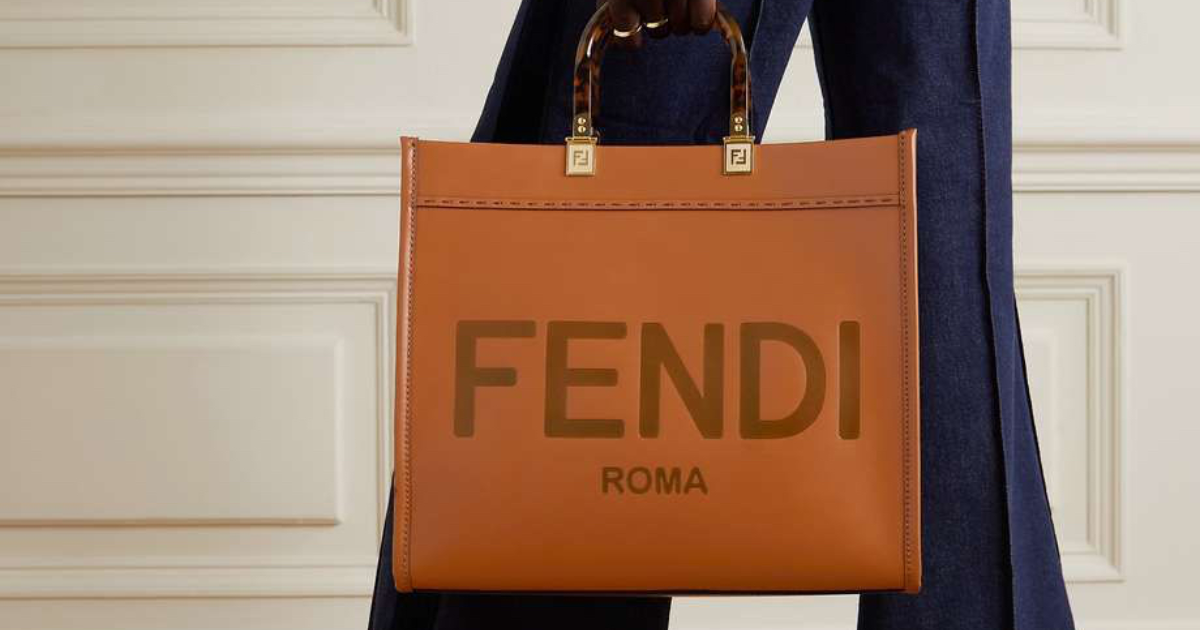Introduction:
Fashion events, such as runway shows, exhibitions, trade fairs, and award ceremonies, are glamorous and exciting occasions that bring together designers, models, fashion enthusiasts, and industry professionals. These events showcase the latest trends, innovative designs, and avant-garde creations that define the world of fashion. However, amidst the glitz and glamour, it is essential to prioritize safety to ensure the well-being of attendees, participants, and organizers. In this article, we will delve into the importance of safety regulations at fashion events and explore the key measures implemented to ensure a secure and enjoyable experience for everyone involved.
The Significance of Safety Regulations in Fashion Events:
Fashion events draw large crowds and often take place in confined spaces, making it crucial to have robust safety regulations in place. Safety regulations serve various essential purposes:
- Protecting Attendees: The safety of attendees is of paramount importance. Proper regulations help prevent accidents, injuries, and potential hazards that could occur in crowded environments.
- Ensuring Emergency Preparedness: In the event of an emergency, quick and organized responses are critical. Adequate safety regulations help event organizers plan and execute emergency protocols effectively.
- Safeguarding Models and Participants: Fashion models often wear intricate and elaborate outfits and accessories. Safety measures ensure that models can confidently present their creations without any risk to their well-being.
- Preserving Property: Fashion events often display valuable garments and accessories. Safety regulations can help prevent theft, damage, or mishandling of these items.
- Upholding Reputations: Mishaps at fashion events can have a negative impact on the reputation of the designers, organizers, and the fashion industry as a whole. Strict safety regulations help maintain a positive image.
Key Safety Measures in Fashion Events:
- Venue Selection and Inspection: Event organizers should choose venues that are compliant with safety regulations. Regular inspections of the venue for potential hazards like faulty wiring, uneven flooring, or insufficient exits should be carried out.
- Crowd Control: Managing large crowds is essential to avoid overcrowding, which can lead to accidents and panic. Implementing crowd control measures, such as designated entry and exit points, and deploying security personnel can help maintain order.
- Fire Safety: Fire poses a significant threat in crowded events. Venues must have appropriate fire safety measures, including fire exits, fire extinguishers, and clear evacuation plans. Regular fire drills should be conducted to ensure that attendees and staff know how to respond in emergencies.
- Emergency Medical Services: Access to medical personnel and facilities is crucial at fashion events. Event organizers should have medical professionals on standby to handle any health-related emergencies that may arise.
- Model Safety: Models often wear towering heels and elaborate outfits that can be challenging to walk in or may cause discomfort. Backstage areas should be well-lit and equipped to handle wardrobe malfunctions and any medical assistance required.
- Security Measures: Fashion events attract a lot of attention, which can also attract unwanted attention. Proper security measures, including bag checks and controlled access points, help prevent unauthorized entry and ensure the safety of attendees and participants.
- Weather Considerations: Outdoor fashion events are susceptible to weather conditions. Organizers should have contingency plans in place for adverse weather, such as providing shelter or postponing the event if necessary.
- Sanitation and Hygiene: With the ongoing global health concerns, maintaining proper sanitation and hygiene at fashion events is essential. Regular cleaning, providing hand sanitizing stations, and following health guidelines help reduce the risk of spreading illnesses.
Conclusion:
Fashion events are exhilarating showcases of creativity and talent, but they must not compromise on safety. By implementing comprehensive safety regulations, event organizers can create an environment where attendees, models, and industry professionals can enjoy the experience without any concerns. Prioritizing safety not only safeguards the well-being of everyone involved but also strengthens the reputation of the fashion industry as a whole. As the fashion world evolves, it is crucial to adapt safety measures to meet new challenges, ensuring that fashion events remain a celebration of style and creativity while upholding the highest standards of safety and security.








